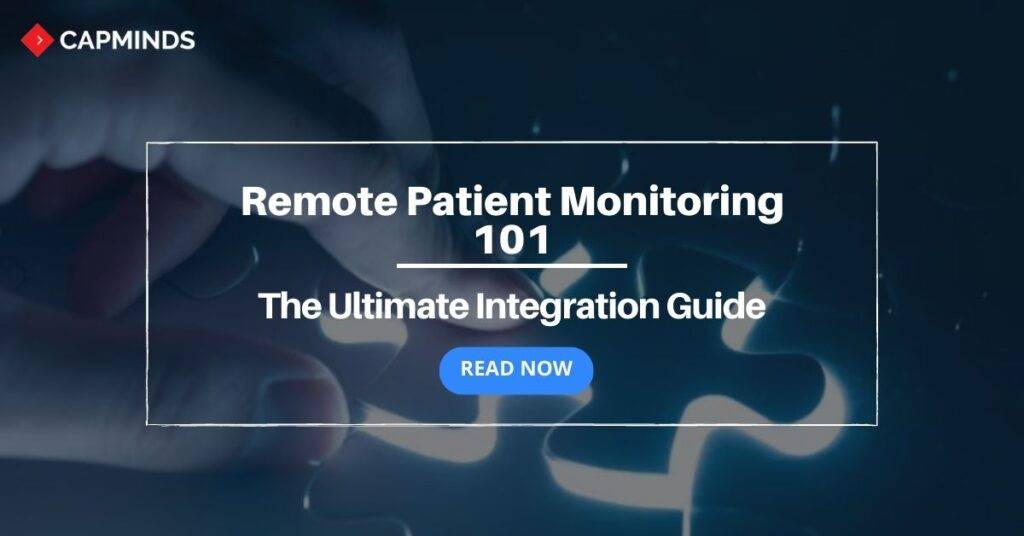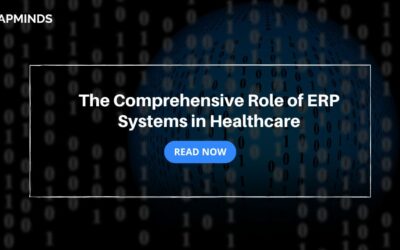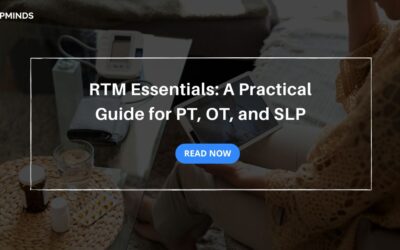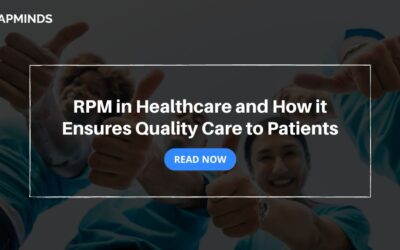Remote Patient Monitoring 101: The Ultimate Integration Guide
Amid the ever-shifting terrain of modern healthcare, Remote Patient Monitoring (RPM) has emerged as a pivotal technology that enhances patient care, promotes early intervention, and optimizes healthcare resources.
RELATED: Remote Patient Monitoring 101: Everything for 2023 & Beyond
This comprehensive guide dives into the essentials of RPM, its integration into healthcare systems, real-time global use cases, and a closer look at trends and customer preferences in the United States.
Remote Patient Monitoring: A Round-Up
Remote Patient Monitoring involves using technology to collect patient data outside traditional healthcare settings.
This data can include vital signs, biometric information, and symptoms. RPM empowers healthcare providers to monitor patients in real time, enabling proactive care management and reducing hospital admissions.
Integration Challenges and Solutions
- Integrating RPM into healthcare systems comes with challenges such as data security, interoperability, and patient engagement
- Robust cybersecurity measures are imperative to safeguard patient information. Interoperability standards ensure seamless data exchange between devices, electronic health records (EHRs), and healthcare platforms
- Engaging patients through user-friendly interfaces and educational resources enhance their adherence to RPM protocols
Benefits of Remote Patient Monitoring
1. Enhanced Patient Outcomes: Early detection of anomalies enables timely intervention, reducing complications and hospitalizations.
2. Cost-Efficiency: RPM reduces healthcare costs by preventing emergency visits and readmissions.
3. Patient Empowerment: Patients become active participants in their care, fostering a sense of responsibility for their health.
4. Improved Provider Efficiency: Healthcare professionals can prioritize high-risk patients and allocate resources more efficiently.
Real-time Global Use Cases
Real-world examples of RPM implementations demonstrate its effectiveness across diverse regions:
1. USA: RPM is utilized to manage chronic diseases like diabetes and hypertension, enabling better disease management and reducing hospitalizations.
2. Australia: RPM is being used to monitor chronic conditions among remote Indigenous communities, bridging healthcare accessibility gaps.
3. Netherlands: Post-surgery patients are monitored remotely, reducing the need for prolonged hospital stays.
4. India: Rural areas benefit from RPM-enabled mobile clinics that offer real-time consultations with specialists.
US Trends and Customer Preferences
In the United States, Remote Patient Monitoring (RPM) is experiencing a substantial surge in adoption due to several prevalent trends and evolving customer preferences:
1. Value-Based Care Transformation
The healthcare industry’s gradual shift from fee-for-service to value-based care models has spurred the integration of technologies like RPM.
This strategic transition emphasizes patient outcomes, incentivizing healthcare providers to embrace RPM for proactive management and better patient engagement.
2. Aging Population and Chronic Disease Management
The aging demographic landscape has led to an increased prevalence of chronic diseases such as diabetes, heart disease, and hypertension.
RPM offers a valuable solution by enabling continuous monitoring of vital signs and symptoms, allowing healthcare providers to detect potential complications early and adjust treatment plans promptly.
3. Telehealth Synergy
The rise of telehealth services has synergized remarkably well with RPM. These complementary technologies work together to provide comprehensive virtual care.
Patients can now receive remote consultations with healthcare professionals while also benefitting from continuous monitoring through RPM devices in the comfort of their homes.
4. Empowerment through Wearables
The popularity of consumer wearables, such as smartwatches and fitness trackers, has paved the way for patient-owned RPM devices.
Patients are becoming increasingly comfortable with monitoring their own health metrics, leading to improved self-management and awareness of their well-being.
The Path Forward for RPM
As we look ahead, the evolution of Remote Patient Monitoring is poised to bring transformative changes to healthcare:
1. AI-Driven Insights
Integration of artificial intelligence (AI) and machine learning enhances the capabilities of RPM.
Predictive analytics algorithms can analyze vast patient data streams to identify patterns and trends, predicting potential health issues before they become critical.
2. Remote Diagnostics Revolution
RPM’s potential extends beyond vital sign monitoring. Imagine a future where patients can perform diagnostic tests remotely, uploading results directly to their providers.
This innovation could reduce the need for numerous in-person visits and streamline the diagnostic process.
3. Global Health Equity
RPM has the power to bridge healthcare disparities globally.
RPM-enabled devices can provide essential health monitoring and connect patients with remote healthcare services in regions with limited access to medical facilities.
Final Thoughts
Remote Patient Monitoring represents a pivotal step toward revolutionizing healthcare delivery.
As evident from global use cases and US trends, RPM’s integration enhances patient outcomes, promotes efficient resource allocation, and empowers patients to take control of their health. With an eye toward the future, the continued development of AI-driven insights and the potential for remote diagnostics hint at a transformative path for RPM. As healthcare technology advances, RPM stands as a beacon of patient-centric care in a rapidly evolving world.
Remote Patient Monitoring Solution from CapMinds
Be it treatment for anything, RPM’s role is vital. Its use of devices and delivering high-quality care remotely enables patients to relax and forget in-patient visit pressures.
Why choose CapMinds RPM?
- Simple new patient enrolment
- Manual & automated patient data access
- Customizable notification system
- Fully compliant billing
- Secure & HIPAA compliant
- Practice specific support
- Real-time tracking
- Better at-home chronic care management
- Reduced hospitalizations
- Efficient Remote Physiologic & Therapeutic Monitoring
CapMinds RPM solution allows patients to use digitally connected devices – like heart monitors and blood pressure cuffs to perform routine tests and share their health data with a healthcare professional. For more details visit our website and get started now with us on your journey to more success.
“Let’s make your practice more accessible to people around the world, together”




